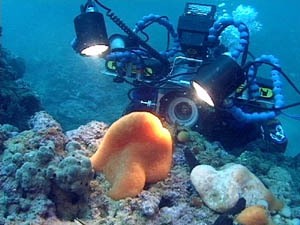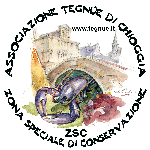Le Tegnue di Chioggia - EN
Chi siamo
The submerged color of Chioggia
The presence of underwater rocks out to the northern Adriatic Italian coast has been known since the XVIII century, as recorded in the writings of the abbot G. Olivi. Local fishermen called them "tegnùe" because they can hold and break fishing nets. Fishermen generally avoid these areas but they well know that these bottoms are teeming with fish.
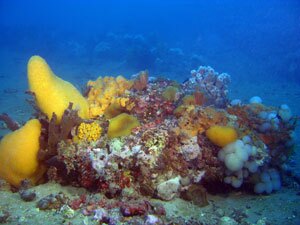
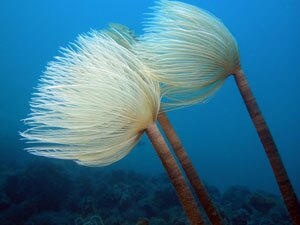
Tegnùe are found in the northern Adriatic Sea at depths of between 15 and 40 metres. Their dimensions vary from small isolated blocks to outcrops hundreds of metres wide. The largest and most well known outcrops are located out of Chioggia.

Tegnùe are biogenic carbonate rocks built by marine organisms. They initially grow on existing hard bottoms formed by cemented sand. They have developed into natural reefs over the last 8-9.000 years. They differ from tropical coral reefs because here the main builder organisms are not corals but calcareous red algae, called "Corallines".
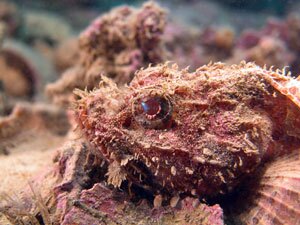
Divers can admire the high diversity of species inhabiting this unique Mediterranean environment. There are remarkable sponges, ascidians and sea anemones. Brittle stars and crustaceans, from the small hermit crabs to the majestic lobsters, populate the rocks. Among the fishes it is possible to find blennies, damselfish, brown combers, scorpionfish, conger and brown meagre. It is often possible to observe schools of cod that swim around the rocks.

The natural value of this unique habitat was recognized in August 2002 when it was constituted a Protected Area where fishing activities are prohibited. Protection for the area was promoted by the Chioggia Municipality, Research Institutes, the Regional administration, Ministry of Agricultural and Forestry Policy, Coast Guard, fishing associations and tour operators. Thanks to skill of Piero Mescalchin and his underwater films, today these diverse groups work together, within the "Tegnue di Chioggia" association, to protect and promote this unique environment.
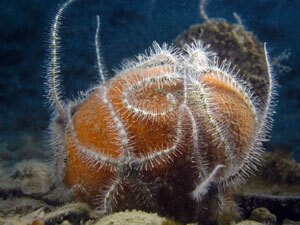
With minimal knowledge and preparation, all divers can visit and admire this special place.
